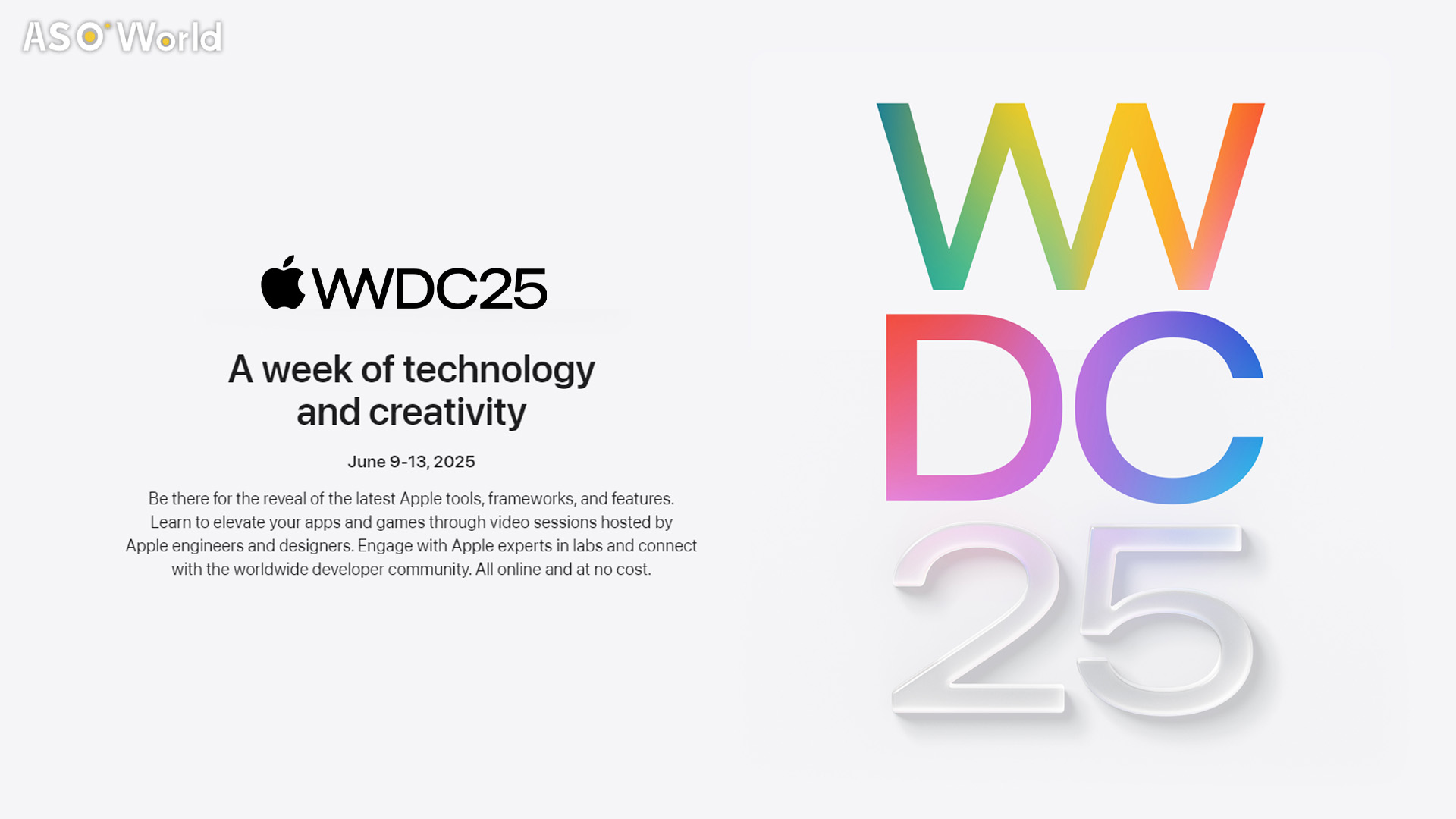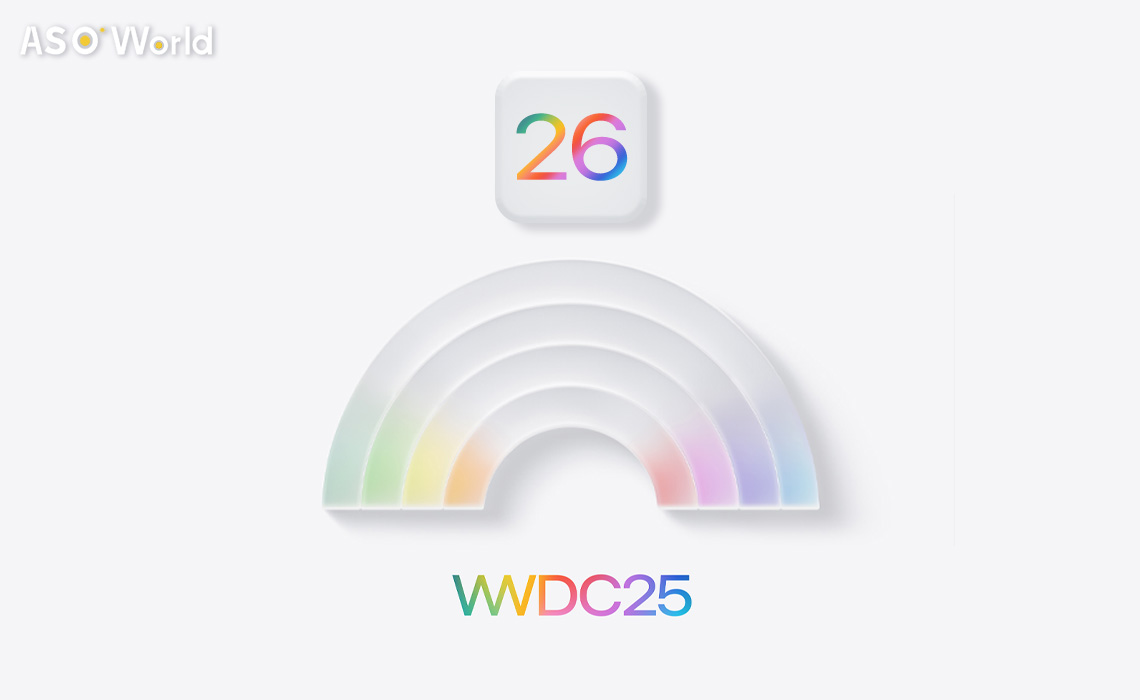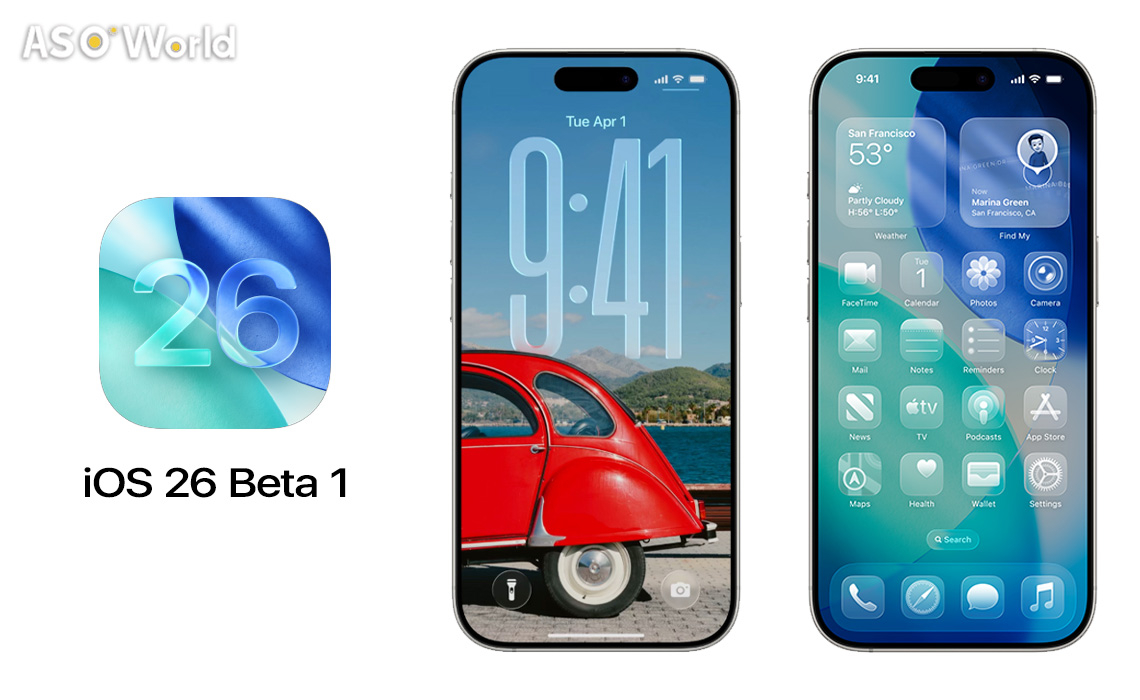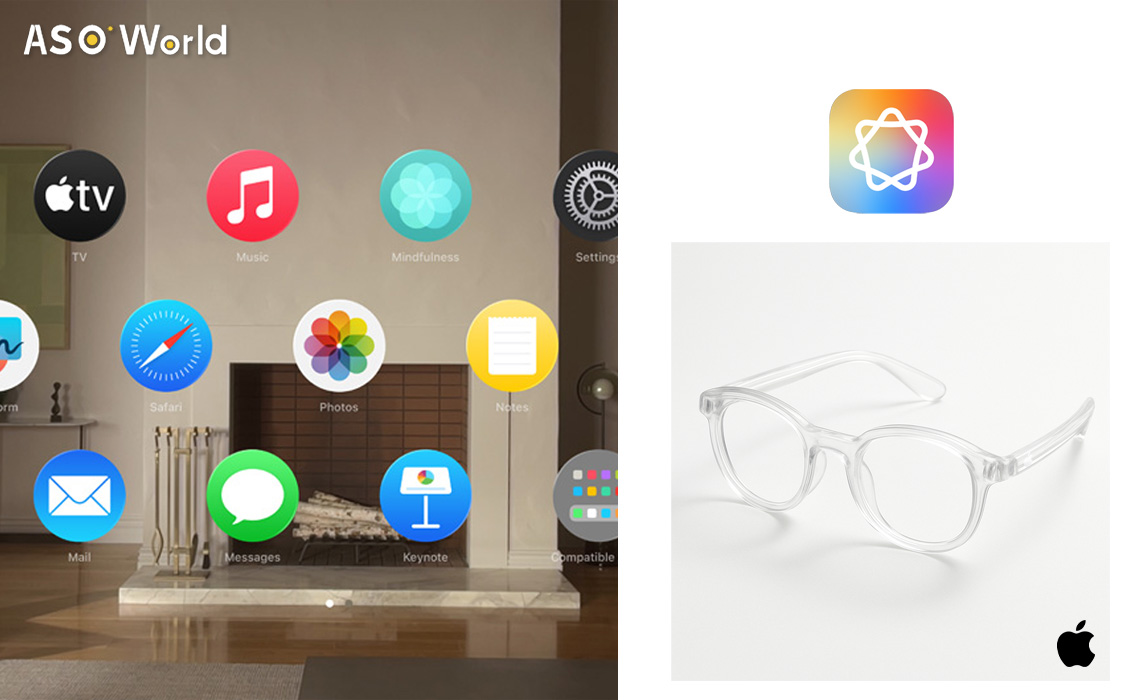Apple’s New Games App: Essential Features and Takeaways for Developers






WWDC 25 is set for June, showcasing iOS 19, macOS 16, and an AI-powered Siri, alongside possible reveals of the Mac Pro and a smart home hub.
Apple's Worldwide Developers Conference (WWDC) 2025, scheduled for 9–13 June, promises an in-depth exploration of cutting-edge software updates and potential hardware surprises.
Kicking off with a keynote on 9 June at 10:00 a.m. PDT, the event will highlight iOS 26, macOS 26, and a revamped Siri, alongside rumours of a new Mac Pro and smart home hub.
The WWDC 2025 keynote will be streamed live on 9 June at 10:00 a.m. PDT, accessible worldwide via the Apple website, Apple Developer app, and YouTube.
This complimentary online event ensures broad accessibility, whilst a select in-person gathering at Apple Park will cater to invited developers and students, with applications open via the WWDC25 site.
Apple's WWDC 2025, expected to commence on 9 June, will introduce new versions of its operating systems, bringing exciting updates to iPhones, iPads, Macs, Apple Watches, and Vision Pro.
Reports indicate Apple is adopting a year-based naming system, so instead of iOS 19, iPadOS 19, macOS 16, watchOS 12, and visionOS 3, we shall see iOS 26, iPadOS 26, macOS 26, watchOS 26, and visionOS 26.
Developer betas are expected to be released immediately following the keynote, with public releases slated for autumn 2025.
Here is what is known so far, based on recent reports and trends.
iOS 26 is set to bring a major visual refresh, inspired by the Vision Pro's visionOS, featuring translucent menus, a glossy appearance, and floating navigation bars—potentially the most significant iPhone interface overhaul since iOS 7.
Siri will become more intelligent with Apple Intelligence, providing more natural responses and competing with assistants such as ChatGPT.
Revamped Siri: Expect enhanced conversational abilities and improved contextual awareness, with certain delayed iOS 18 features (such as deeper app integration) possibly appearing here.
New Appearance: Translucent, rounded UI elements and potentially rounder app icons, with a focus on content-first design.
New Features: A dedicated Games app, live translation in Messages, AI battery manager, and synchronised Wi-Fi login for public networks across devices.
Device Support: Likely compatible with iPhone 11 and newer models, whilst older models such as iPhone XR, XS, and XS Max may lose support. Apple Intelligence features will require newer devices, such as iPhone 15 Pro or later.
Note: Some iOS 18 AI features, including advanced Siri capabilities, were delayed and may be incorporated into iOS 26. Complete conversational Siri upgrades might not appear until later updates.
iPadOS 26 will mirror iOS 26's sleek, visionOS-inspired design, with translucent elements and a unified aesthetic.
It will enhance tablet features such as multitasking and Apple Pencil support, powered by Apple Intelligence.
Enhanced Multitasking: Stage Manager may provide smoother window management and improved external display support, potentially extending to iPhones with USB-C ports.
AI Tools: Smarter capabilities in apps like Notes, with auto-translation in Messages and AI-driven poll suggestions.
Device Support: Likely to discontinue support for older iPads with A10 Fusion chips, whilst iPads with A12 Bionic or newer should remain compatible.
macOS 26, rumoured to be named "Tahoe", will adopt the same glossy, translucent design as iOS 26 and iPadOS 26, creating a seamless experience across Apple devices.
AI enhancements will make apps such as Mail and Calendar more intuitive.
AI Upgrades: Siri and system apps will execute tasks more efficiently, with better cross-device integration such as Universal Control.
Unified Design: Updated apps and settings with a visionOS-like aesthetic, featuring rounded, floating elements.
Device Support: May discontinue support for older Intel-based Macs, including the 2018 MacBook Pro and 2019 iMac.
watchOS 26 will refine the Apple Watch experience, focusing on health and usability.
It will likely adopt some of iOS 26's design cues, though expect smaller, practical updates.
Health Features: New tracking options for sleep, fitness, or stress, building upon watchOS 11's Vitals app.
Control Centre: Support for third-party widgets, allowing quick access to app settings.
Siri Improvements: More responsive voice commands with Apple Intelligence integration.
visionOS 26 will enhance the Vision Pro's augmented reality experience, emphasising usability and AI-driven features. It will align with the glassy, translucent design of other 2025 updates.
AR Enhancements: Smarter gesture controls and object recognition powered by Apple Intelligence.
App Ecosystem: A new Games app and more native apps optimised for spatial computing.
Usability: Improvements to battery life and comfort based on user feedback.
Note: Details are based on leaks and trends, as WWDC 2025 has not yet occurred. Official details will be revealed on 9 June.

WWDC is primarily a software event, yet Apple has occasionally unveiled hardware, such as the Vision Pro in 2023 and Macs in past years.
Whilst major consumer devices (iPhone, Apple Watch) are anticipated in autumn 2025, a few products may appear at WWDC 2025.
Here are the rumours, though surprises remain possible.
A refreshed AirTag with a new Precision Find chip is rumoured for mid-2025, making WWDC a possible launch platform. It could offer improved tracking range and integration with iOS 26's enhanced Find My features.
The Mac Pro, still on M2 Ultra, may see an M5 Ultra chip upgrade. Whilst most Macs were recently updated, the Mac Pro’s infrequent refresh cycle makes WWDC a plausible venue, especially for developers requiring high-end performance.
A smart home hub, similar to an Amazon Echo Show with a 6-inch screen, is rumoured for 2025.
Whilst delayed Siri upgrades suggest a launch in autumn is more likely, Apple could preview it at WWDC to highlight smart home APIs for developers.
Rumours suggest Apple is developing AI-powered smart glasses for a 2026 release.
A WWDC preview is possible but unlikely, given the early stage of development and Apple’s software focus.
Note: Hardware rumours are speculative, and WWDC 2025 is expected to concentrate on software. Major hardware such as iPhone 17 or M5 Macs is more probable in autumn 2025.
WWDC 2025 appears set to be a pivotal moment for Apple, blending ambitious software redesigns with AI advancements that could redefine user interaction.
The Siri upgrade, if as comprehensive as suggested, may finally close the gap with competitors such as Google and Amazon in conversational AI.
Hardware remains a wildcard—a Mac Pro update would indicate Apple's commitment to professionals, whilst the smart home hub seems a long shot given development timelines.
Past WWDCs suggest a software focus, yet Apple's knack for surprises keeps anticipation high.
>>> WWDC 2024: Everything You Should Know About
Get FREE Optimization Consultation
Let's Grow Your App & Get Massive Traffic!
All content, layout and frame code of all ASOWorld blog sections belong to the original content and technical team, all reproduction and references need to indicate the source and link in the obvious position, otherwise legal responsibility will be pursued.